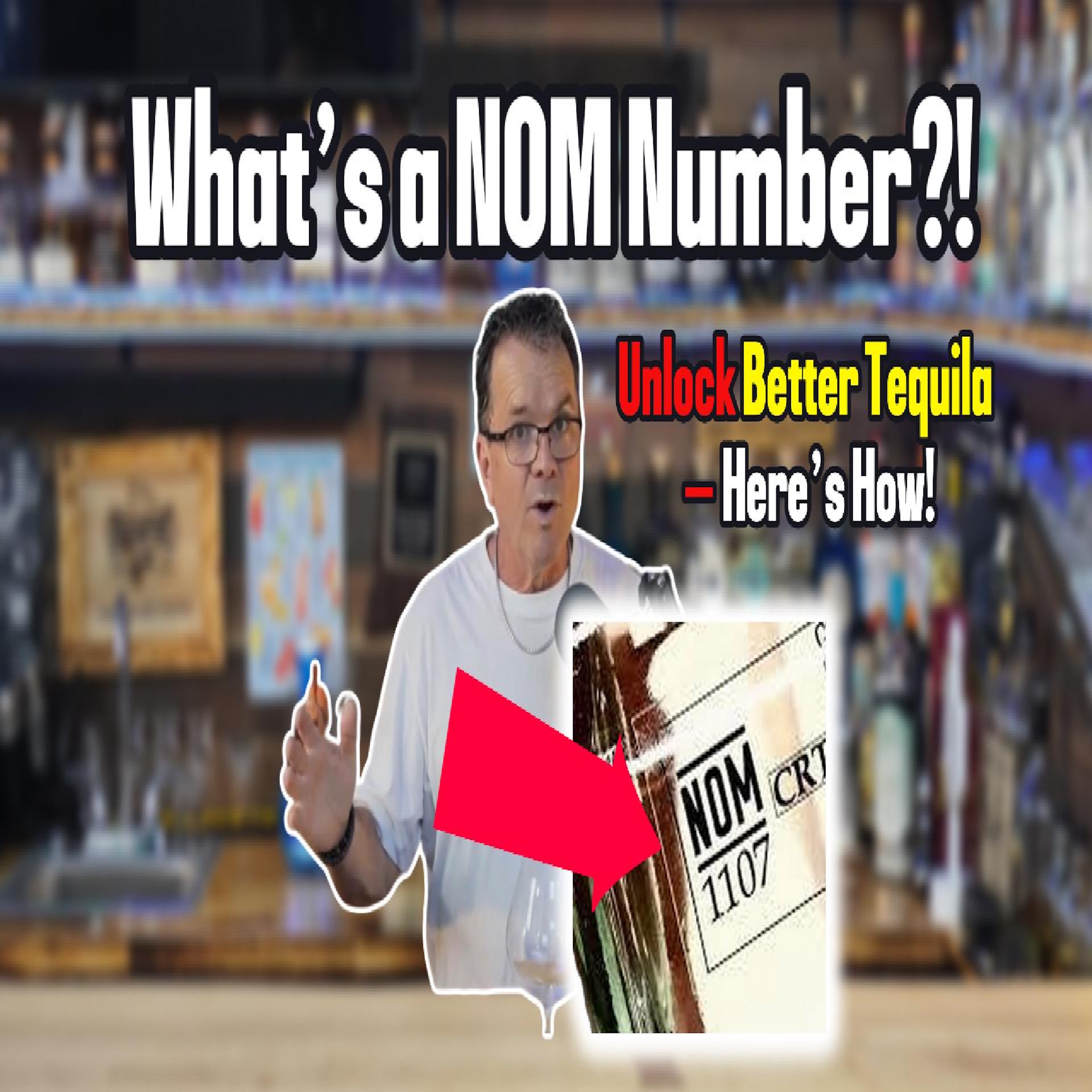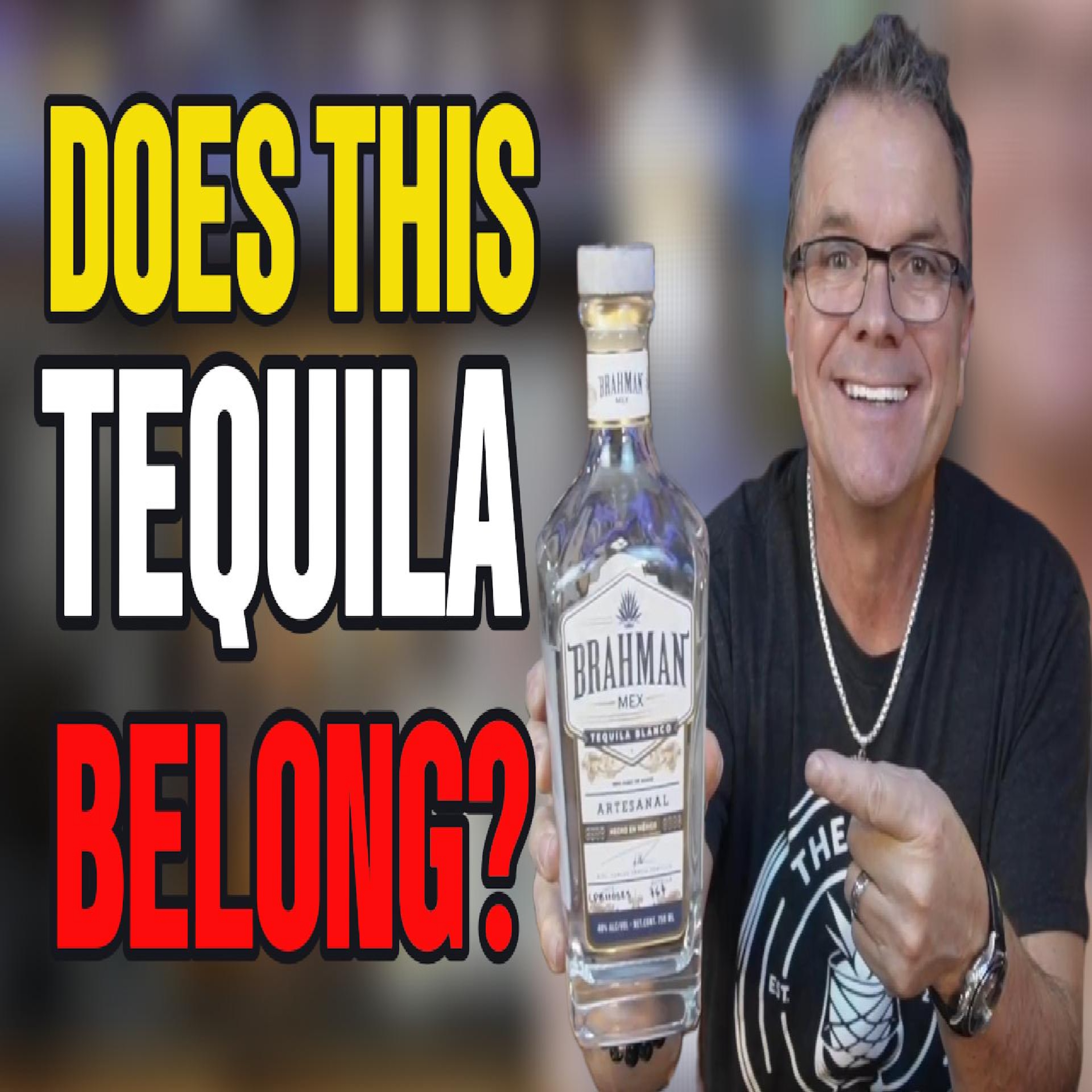Episode Transcript
[00:00:00] Speaker A: Do you love agave spirits and would you love to have an amazing experience learning about them? I've got one for you. This weekend my wife and I had the opportunity to go to Sayulita, Mexico, just a little town 40 miles north of Puerto Vallarta. And there we went to the Cacha Sol experience. I know you've heard me talk about the Cacha Sol tequilas which aren't made in Sayulita, they're made in the Matatan, Mexico. In Sayulita they have an experience that teaches you about an agave spirit, raicia. Raicia is similar to tequila. It's an agave spirit made a very artisanal way. They're going to cook it in a pit like you do mezcal. They're also going to crush it differently with a mallet. They're also going to distill it differently with these really ancient looking old wood fired stills. And I tell you briefly about it because at the end of this video I'm going to take you on that experience and Monty, the owner of the Cacha Soul experience is going to walk you through a quick tour and show you what this place is like. Check it out.
[00:01:05] Speaker B: Hola. Bienvenidos, Cacho Sol. Thank you for coming. Here We've got our 6 acres Cacho Sol experience, about 3,000 agave plants and 2 acres of farm. We've got blue corn growing, we've got senpasuchis, pumpkins.
It's a whole farm to table type of experience.
What we have over here is our cache bar. You come in, you have a cocktail, enjoy yourself and relax. On a tour you'll learn all about agave spirits. So obviously we only make raisia here, we make our tequila and amatitan. But on a tour here you'll learn all about agave or agave cultivation for the whole category.
Up here is our horno.
So we've done four batches here at Cacho Sol for our coastal style racia. This is a handmade or no.
We can fit between one and three tons of agave in there. One ton makes about 128500 milliliter bottles of ricea. So very small batches.
We throw the hardwood in there, we light it, we cover it with stones, we cover it with the agaves, we cover it with palms and then we take all the dirt and cover that up and it sits for about four days.
After the coxion, we take out the agave, we put it into the canoe and we do the maja, which is where we're using this mallet to smash the agave and separate all the fibers so we can get at that awesome sugary goodness inside.
We then take the agave chunks and we put them in the tinacos. So when we do a one ton batch, we just need two tanakos. We've done a one ton and a two ton batch. So for two tons we need two 600 liter tanakos. We stuck, we put the agave that was mahad inside there. We add water and we allow nature to take its course. Over about two, two to three or four weeks, we'll have the full fermentation. So after about four or five days, you'll start to see the bubbling. And in about the second to third week, you'll start to see that finish.
Every batch is different. You can see that this, our agave or distillation cellars is wide open. So the sun rises over on this side in the morning and it sets over here in the evening. So every batch is different. Every batch takes about a month. So the sun, the humidity and the temperature is different batch to batch. So every lot that we've done has been very, very different.
This is what I would call the cellars, actually. The next time you come back, Fred, these tanakos will be replaced with wooden footers or other type of wooden fermentation vessels. Then we bring it over here. And these are our two Filipino stills. There are about, they fit about 160 liters of mosto and mosto, which includes the agave fibers.
You're going to see that below here. If you imagine a copper pot still, that is sort of a bowl like this.
What we've done is quail Rodriguez or resalera.
We put a, a copper bowl in the bottom and we set it in bricks, adobe, and then the slice of a tree which he hollowed out to create this bowl. And we put the mosto in, we light the fire, and the mosto gets to about 173 degrees and the vapor starts rising.
So what we would do is fill the chamber with 163 liters, 160 liters of Mosca. We'd light the fire and at 173 degrees the alcohol vapor would start rising up and it will kick this copper bowl. And what we're doing is we're pulling water out of the estankia out of the pond. The water is being sent up to the waterfall and we're drawing that water out and we're circulating cold water here.
So the hot vapor hits the bottom of the cold bowl it condenses together and falls down. And inside this is a wooden paddle that collects it and slide the vapor out through the pincas and where we collect it. And so this cold water goes in, it starts to get hot from the hot vapor on the bottom. And then the hot water goes out this way and goes down, it goes back out into the stank. And so we're not wasting water in the.
In the distillation process, one ton will make about 1200 liters of mosto, about 4 or 5%.
We'll do an ordinario distillation and it'll go from 4 to 5% to 20%. And then we'll do a ricea distillation, which takes it up to about 53%. And the ricea that you tasted earlier is at 48. So we take a little bit of water and just take it down to 48% to match the same ABB as our epic tray.
[00:06:18] Speaker A: Isn't that fantastic? I'll have a review coming up on the racia soon so we can talk about the flavor profile and what it's like. But if you're looking for a fantastic experience, Sayulita is a great little town. I'm going to say it's got a beach hippie vibe. Everybody's walking around in bathing suits and buying drinks and eating great street tacos and amazing Mexican food. And the whole experience at Cacho Sol really immerses you into the process.
You get to taste it, you get a great margarita, you get an amazing meal. And when you leave there, you've learned so much about agave spirits and raicia. They also have a special program where you can purchase the raisia and their tequila at some discounted prices. So definitely check it out, go to the website, learn about the experience, and go meet Monty. The place is amazing. Thanks for watching my videos. If you have any questions about Raicia or this experience, leave me a comment. I'll definitely answer all the questions that I can, and if I can't, I'll get someone who can. Thanks for watching. Have a great day.


